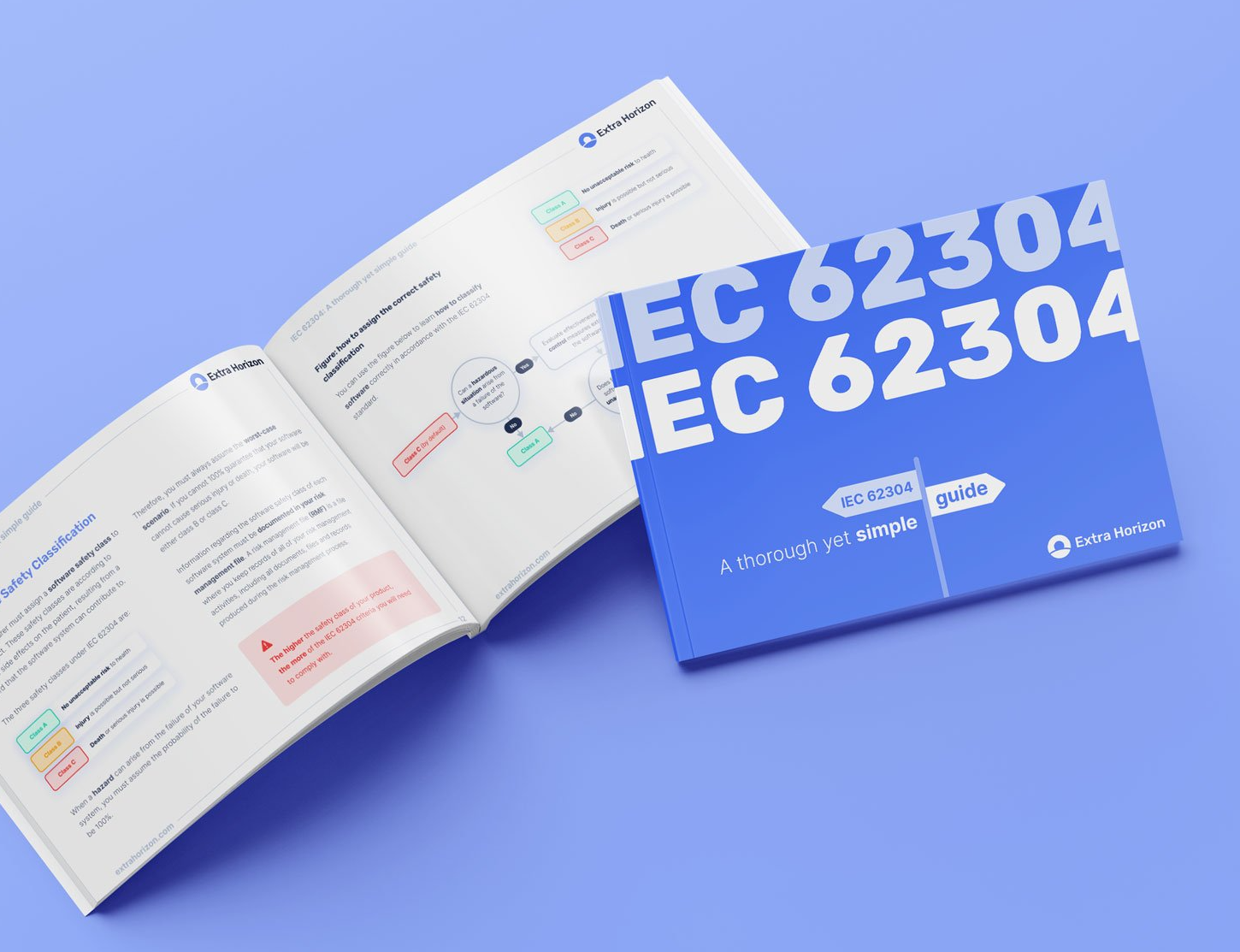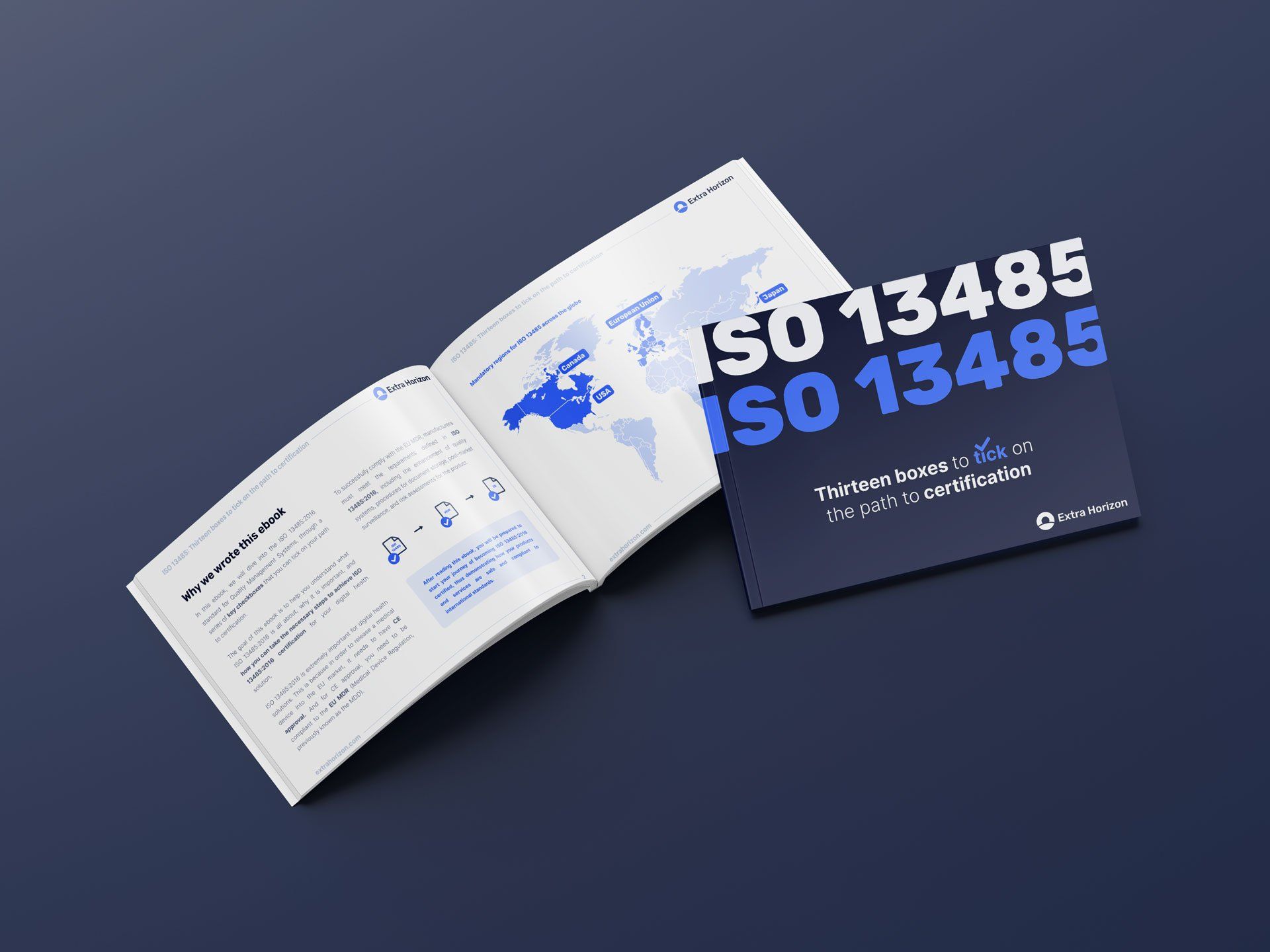MDR and IVDR - Are they a threat or an opportunity for your medical product?
The Medical Devices Regulation (MDR) has been in force since May 2021. The In Vitro Diagnostic Medical Device Regulation (IVDR) replaces the IVDD (In Vitro Diagnostic Directive) on 26 May 2022. Both place significant new regulatory requirements on device manufacturers, which are more comprehensive and far-reaching than the Directives that they replace.
In particular, the new Regulations seek to increase transparency and bring EU legislation in line with technological advances and progress in medical science – recognising the increasing role and importance of digital technologies and use of ‘software as a medical device’ within the MD and IVD space.
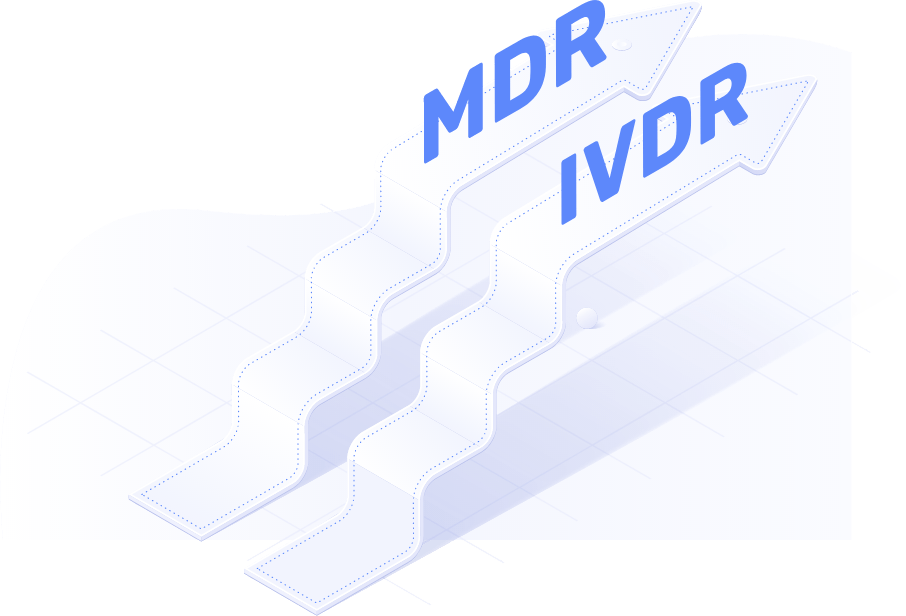
But if you are an existing device manufacturer, or a new technology company seeking to enter the market, should you see this additional regulatory burden as a threat or an opportunity?
What is the MDR?
In imposing stronger rules on medical devices, the MDR seeks to establish a modern and more robust regulatory framework to protect public health and patient safety.
Specifically, the MDR aims to improve the quality, safety and reliability of medical devices, with tighter controls on certification; strengthen transparency and information for patients, so that vital information is easy to find; and enhance vigilance and market surveillance – once devices are available on the market, manufacturers must collect data about the devices' performance.
The MDR revises the classification of medical software products, including the introduction of a high risk software class. In addition, standalone software is (for the first time) classified in its own right as a medical device if the software fulfils a medical purpose. This applies whether the software is being used in a clinical setting or not.
Many software solutions that were Class I under the MDD are reclassified Class II or higher under the MDR. This includes almost all software 'intended to provide information that is used to take decisions with diagnosis or therapeutic purposes.'
This higher classification requires digital health companies to put in place a Quality Management System (QMS) that includes, for example, processes and procedures for clinical evaluation, post-market surveillance (PMS) and post-market clinical follow-up (PMCF) for every product. The QMS will be assessed as part of the MDR conformity assessment conducted by a Notified Body – a QMS to ISO 13485:2016 is the generally accepted standard (see further details later in this article).
What is the meaning of IVDR?
In vitro diagnostics (IVDs) are broadly defined as non-invasive tests used on biological samples (for example blood, urine or tissues) to determine the status of a person’s health.
The EU IVDR replaces the current In Vitro Diagnostic Medical Devices Directive (IVDD), introducing new regulatory requirements that are more rigorous, more complex and more far-reaching than those of the IVDD. For example, the IVDR:
- Increases monitoring by Notified Bodies and Competent Authorities
- Tightens requirements for clinical evidence and conformity assessment
- Requires significant upgrades in technical documentation and quality management system
- Introduces a risk-based classification system, under which IVD devices are placed in one of four risk categories, from class A (lowest risk) to class D, the highest risk
- Broadens the definition of an IVD to include, for example:
- tests intended to predict a medical condition or a disease
- software
- companion diagnostics (those required for the safe and effective use of a corresponding medicinal product)
- devices for ‘near-patient’ testing (devices designed for use by health professionals but outside a laboratory environment)
The IVDR also places emphasis on the lifecycle management and continuous evaluation of products through an effective quality management system.
Monitoring throughout the lifecycle
For both MDR and IVDR, manufacturers must demonstrate their products are safe and reliable not only before they are put on the market, but also throughout their lifecycle. Therefore, continuous and efficient monitoring and record-keeping is required.
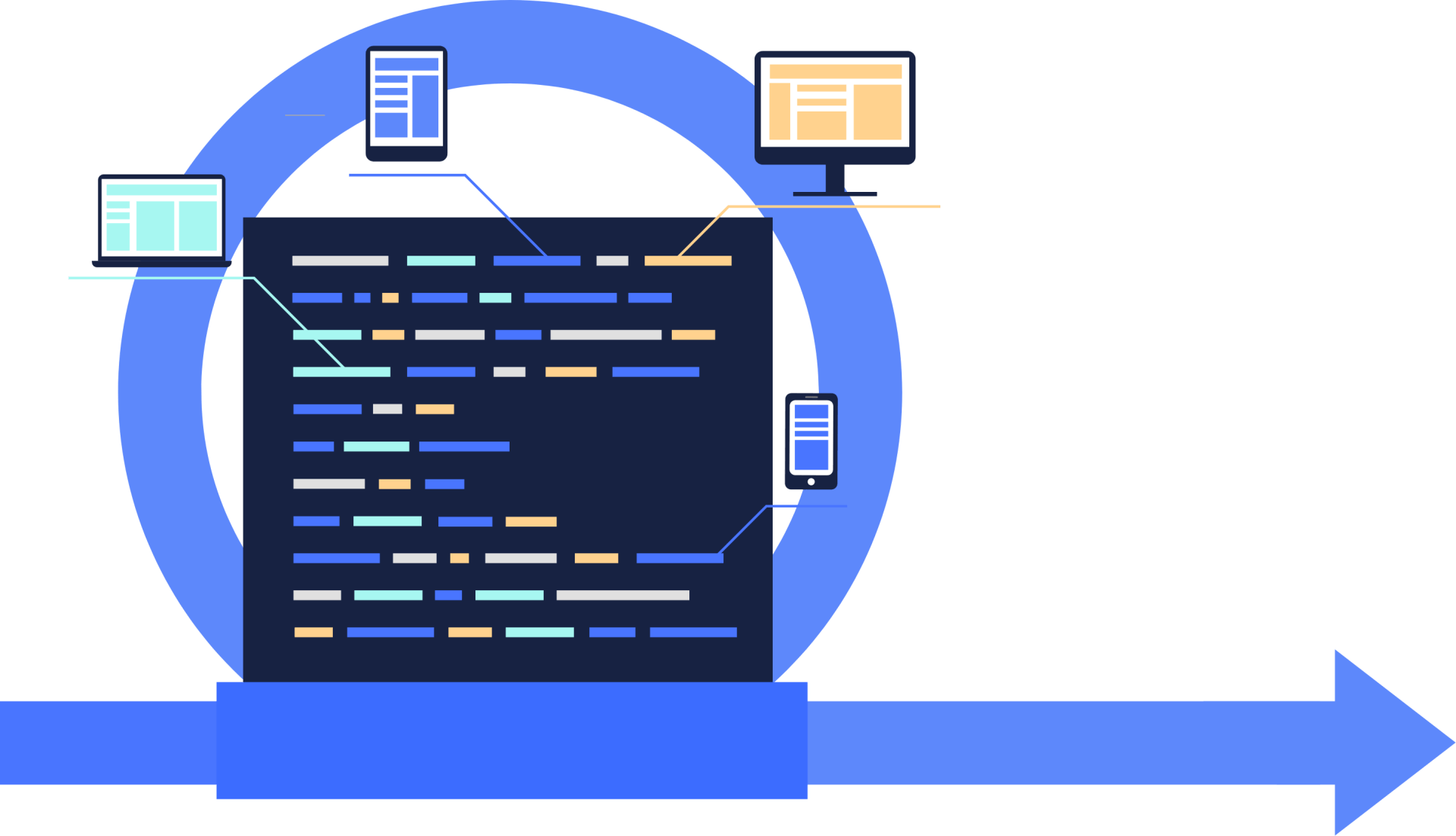
Manufacturers need to have ready access to all data relating to use of their device in the market, with the analytics capability to promptly address any issues identified in postmarket surveillance and vigilance. The deadline for reporting incidents that did not result in death or serious impact upon health, for example, has been reduced from 30 to 15 days.
This can be seen as an opportunity to optimise development and management processes to stay ahead of competitors. For example, implementing a data management strategy that provides a complete view of data not only enables data-driven decision-making, but also helps with ongoing regulatory compliance.
Manufacturers are required to address all the steps needed, from requirements management and system architecture to unit, integration, and system-level testing and verification. State-of-the-art workflows for software development therefore provide not only competitive advantage but also contribute to sound quality management.
But establishing these backend quality processes can be costly and time-consuming. This is where a
cloud supplier certified to ISO 13845:2016
can be a game-changer.
About ISO 13485:2016
ISO 13485:2016 was written to support medical device manufacturers in designing a quality management system (QMS) that establishes and maintains the effectiveness of their processes. It ensures the consistent design, development, production, installation, and delivery of medical devices that are safe for their intended purpose.
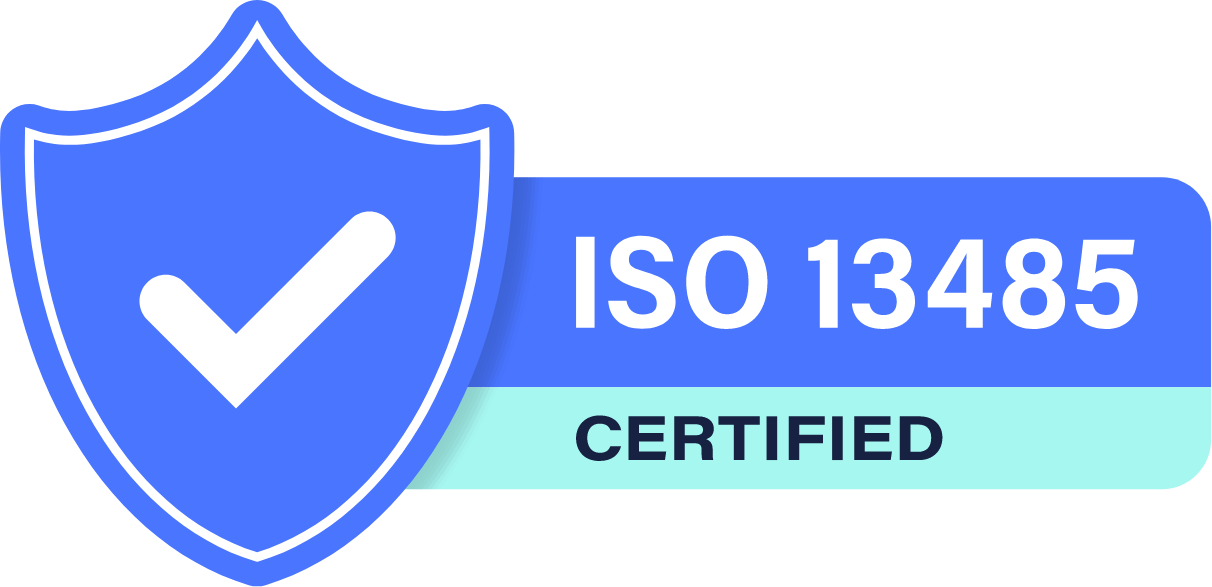
A QMS to ISO 13485:2016 is accepted as the basis for CE marking medical devices under European Directives and Regulations, and UKCA marking medical devices under the UK MDR. What’s more, ISO 13485:2016 has gained significant recognition around the world and its application extends far beyond Europe.
A quality management system based on the ISO 13485:2016 standard is an internationally accepted model for compliance to many laws and regulations of the medical device industry. The list of countries that require an ISO 13485:2016 compliant QMS includes the USA, Canada, Australia, Japan and Malaysia.
Seizing the MDR/IVDR opportunity with the Extra Horizon Backend-as-a-Service platform
The MDR and IVDR regulations raise the barrier for entry into the MD and IVD market. But for technology companies seeking to enter, or adapt to, the new market requirements, the regulatory landscape need not be a threat. Instead, it can be an opportunity.
You will be able to take advantage of the full power of cloud connectivity – with the assurance that the administrative burden and investment risk of MDR compliance of the platform is already taken care of.
You will have verification that your infrastructure is fully compliant with the MDR and IVDR, including the SLAs you need for a medical (and IV) device and the necessary documentation and procedures to enable the necessary ongoing quality assurance.
Don’t be held back in the new, more complex digital health landscape. Instead, find the direct route to market with Extra Horizon’s medically compliant cloud platform.
Talk to us today.
RECENT POSTS
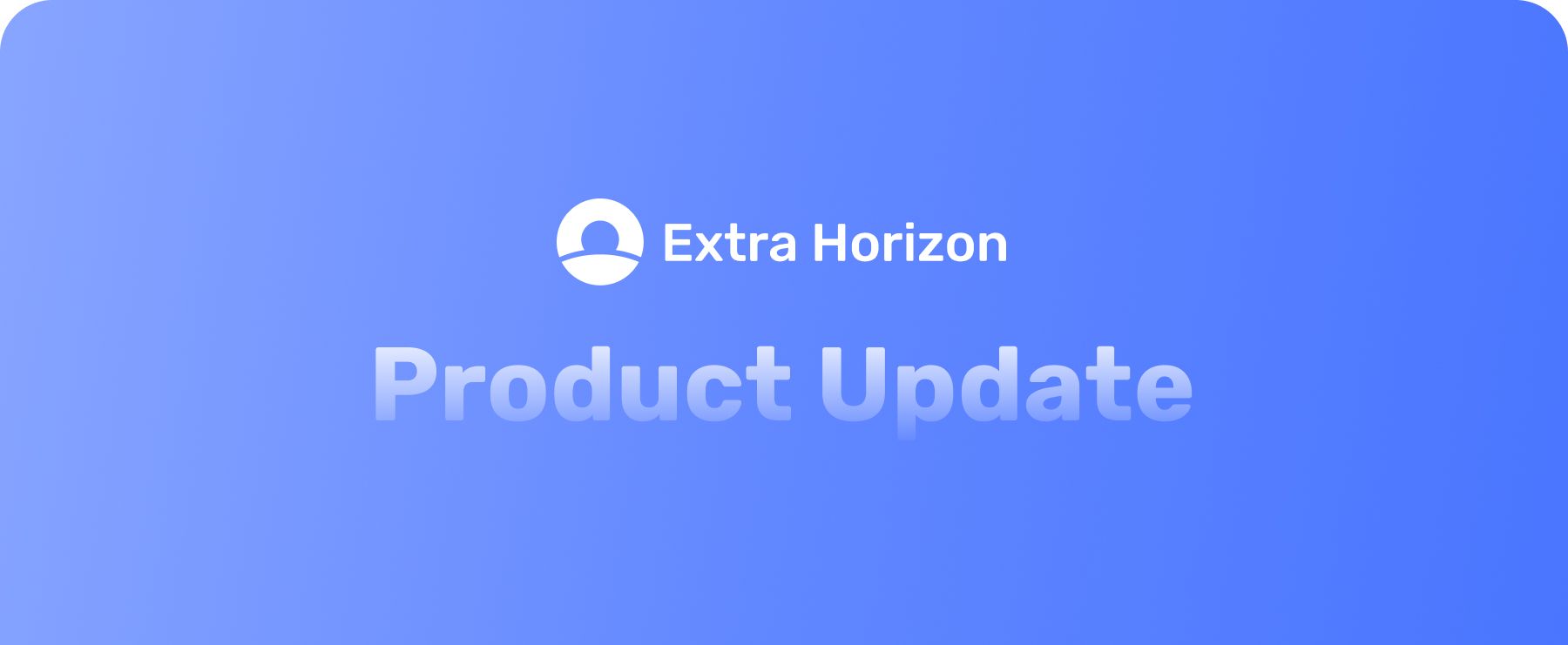
FREE EBOOKS
GOT QUESTIONS?

